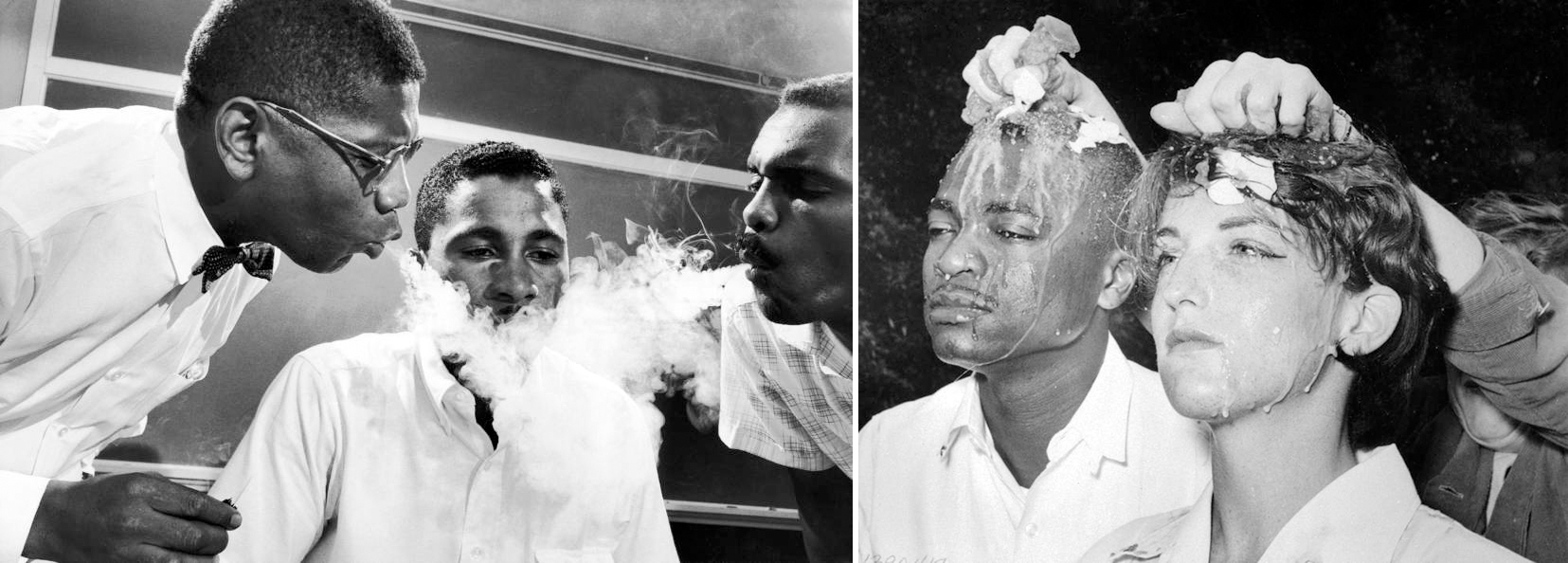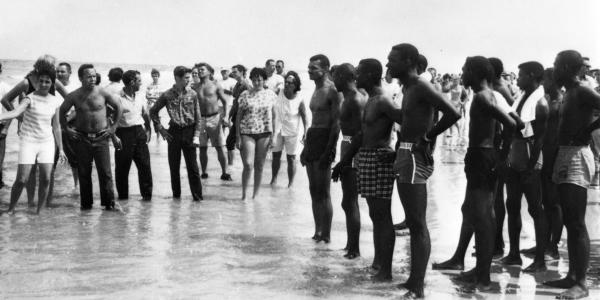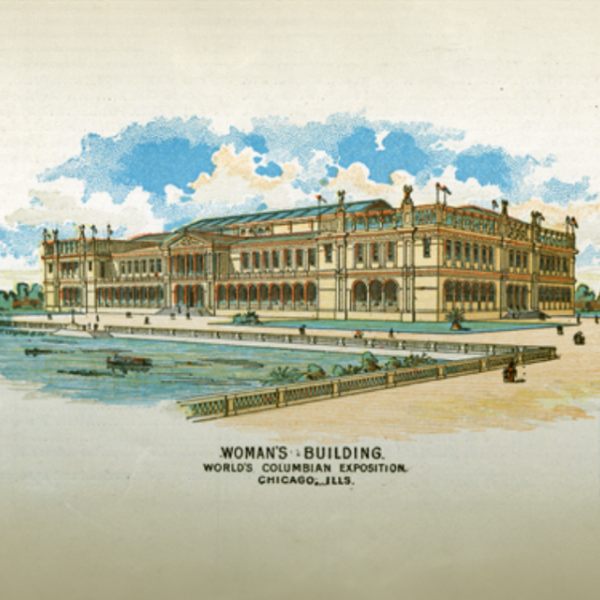Interview with Faculty Fellow Paige McGinley
“Many of us know a good deal about what we might call the signature events of the midcentury Black freedom struggle — the events that have been ‘iconized’ in photographs,” says Paige McGinley, associate professor of performing arts and a Faculty Fellow in the Center for the Humanities. Images of nonviolent direct actions such as sit-ins at Nashville lunch counters and the Selma march illustrate dramatic moments of confrontation. “But what is less well known is how ordinary people prepared to do extraordinary things,” she says. With her new book project “Rehearsing Civil Rights,” McGinley is writing the first in-depth investigation of the ethos and culture of rehearsal — from nationwide civil defense drills to improvisation training for labor organizers — that was embedded within the Black freedom struggle from the early 1930s to the late 1960s. Using the theories and methods of performance studies, she shines new light on key debates that continue to frame movement scholarship.

You’re writing about the anticipatory work activists performed before they engaged in actions. Can you give us a specific example of one of these rehearsals?
While at the humanities center, I’ve been working on a chapter about the campaign to desegregate downtown Nashville, so that’s what’s on my mind these days. This was an interracial campaign with Black leadership (key players included Diane Nash, Rev. James Lawson and John Lewis), and its central feature was a regular workshop that met for months before, during and after the sit-ins. Participants studied the theory of nonviolent direct action and the teachings of Gandhi, and identified the Jim Crow “racial routines” (a phrase I borrow from Stephen Berrey) that they would attempt to transform. They also role-played direct action scenarios in advance of “the real thing.” These role-plays were important spaces where direct action tactics were discovered and explored. The constant repetition of rehearsal helped dampen the demonstrators’ fight-or-flight response, making their fear more manageable. And the intimacy and friendship cultivated by the workshops — the hours spent planning, debating, eating, drinking and praying together — cultivated trust and solidarity as participants built what Martin Luther King Jr. called the Beloved Community.
What other forms did these rehearsals take?
Some rehearsals, like the role-plays I just described, were explicitly theatrical. Another theatrical mode of preparation was theater itself: In the first chapter I look at the amateur plays and skits collectively created by interracial workers’ education programs that dramatized interracial union organizing, particularly among Southern sharecroppers in the 1930s and early 1940s. But some practices of preparation were decidedly inward-looking — meditation, for example, which emerges as a thread that extends from the Quakers of the 1940s to Black Power collectives in the late 1960s and early 1970s. There’s also a lot of singing-as-practice, which prepared voices and spirits. And from the mid 1960s on, there are lots of physical culture practices, including martial arts, that become widespread.

What kinds of sources are you looking at as you uncover these stories? Any surprises?
My sources for the early chapters are almost exclusively archival (my happy place is in an archive). As the chapters move forward in time, however, I incorporate oral histories and personal interviews with participants. The best recent surprise was being able to read Rev. James Lawson’s diary that he kept while he was imprisoned for resisting the draft in the early 1950s. The Lawson Papers are held at Vanderbilt — which expelled him from their Divinity School for his leadership of the Nashville campaign, but has recently founded an institute for the study and practice of nonviolence in his name, and with his blessing. The diary is a remarkable document in that we can see one of the great activists and intellects of the 20th century (in his early 20s at the time) working out ideas that would become so pivotal a decade later.
How will this book, with its origin in performance studies, add to our understanding of the civil rights movement? What will it say to current activists in the movement for Black freedom?
Well, a lot of other scholars and activists have already made this point, but I hope this book will underscore that the protests and direct actions of the midcentury movement were anything but spontaneous. Robin D.G. Kelley pointed out years ago that “marches are not movements,” and it is my hope that this book will illuminate the difficult and pleasurable practices that took place behind the scenes of a movement that informs struggles for Black Lives today.
Headline image: Confrontation between Black demonstrators and segregationists at a “White Only” beach, St. Augustine, Florida, June 25, 1964. Image courtesy U.S. Library of Congress.





